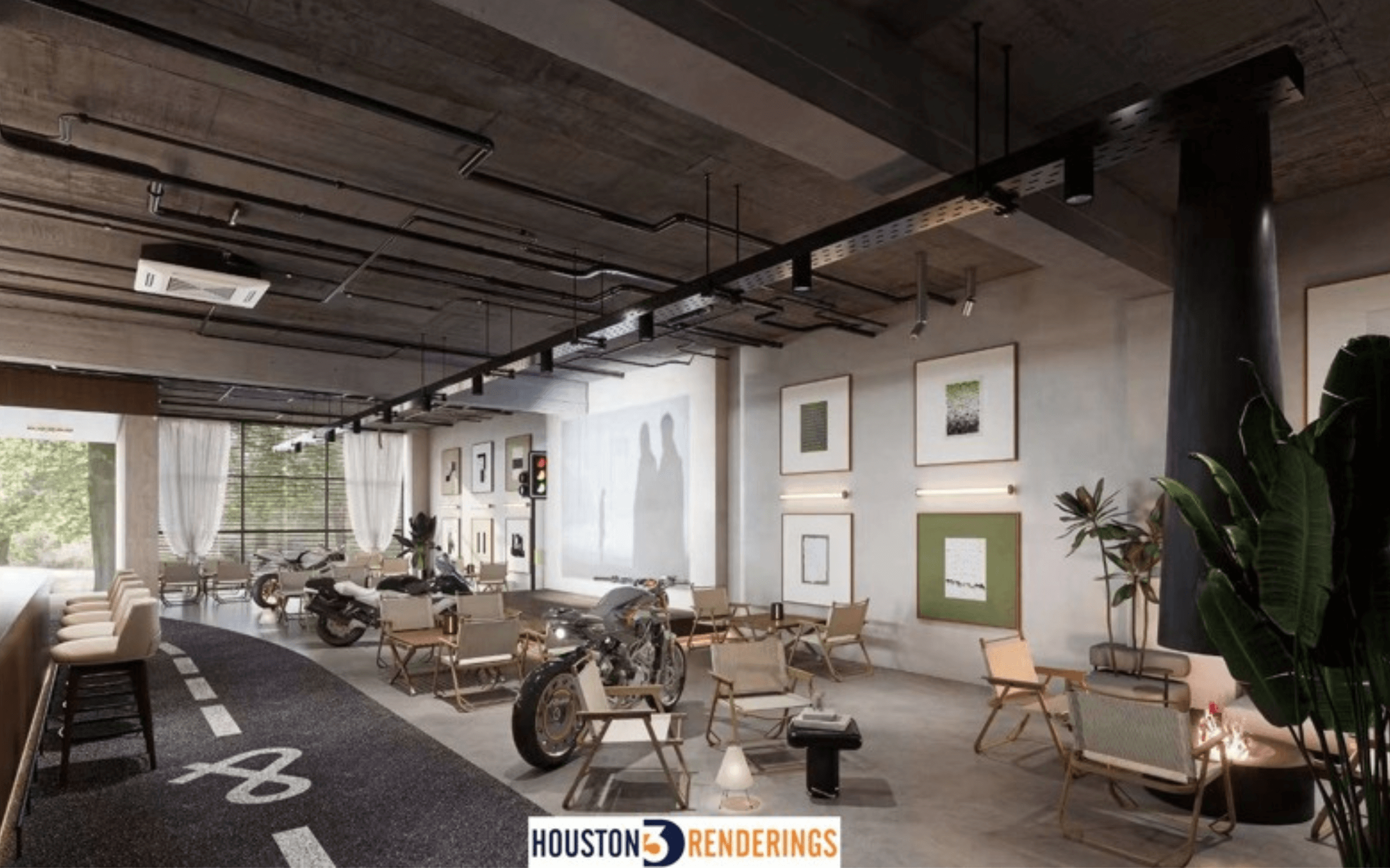AI vs Architectural Renderings: Which is the Future of Architecture?
May 14, 2023
Architectural renderings have been essential for architects and designers to showcase their work and bring their ideas to life. However, with the advancement of technology, the use of artificial intelligence (AI) in creating architectural renderings has become increasingly popular.
While traditional rendering methods can be time-consuming and costly, AI-powered rendering can produce high-quality images in a fraction of the time and at a lower cost. This technology allows architects and designers to focus more on the creative aspect of their work and less on the technical aspects of rendering, ultimately leading to more efficient and effective design processes.
In this blog, we'll explore the benefits and limitations of AI-powered architectural renderings and how they compare to traditional rendering methods. We'll also look closely at the future of architectural renderings and what role AI will likely play in this rapidly evolving field.
Why Architectural Renderings are Essential for Designing Buildings?
When it comes to designing buildings, architects need to create detailed plans that capture the client's vision and satisfy various regulations. One crucial tool in this process is architectural renderings, which are 2D or 3D representations of a building's design. These renderings help architects and clients visualize the final product and make informed decisions about design choices.

The Benefits of Architectural Renderings
- Enhanced Visual Communication: With architectural renderings, architects can effectively communicate their design ideas to clients, stakeholders, and contractors. These visual representations provide a more realistic view of the building's design, including its layout, lighting, colors, and materials. This helps stakeholders better understand the design and make informed decisions about it.
- Improved Design Process: Architectural renderings help architects detect design issues early on in the process. With renderings, architects can quickly identify design flaws and make necessary adjustments before the construction phase, saving time and money in the long run.
- Better Cost Control: Architectural renderings allow architects to provide clients with more accurate cost estimates. With detailed 2D or 3D renderings, architects can determine the exact materials needed, the amount of labor required, and the overall cost of the project. This helps clients make informed decisions about budgeting and ensures the project stays within budget.
The Limitations of AI Technology in Architectural Design
- Limited Creativity: AI technology can generate designs based on specific parameters, but it lacks creativity and the ability to create unique designs that meet specific client needs.
- Lack of Human Touch: AI-generated designs lack the human touch that comes with working with an experienced architect. Architects understand the importance of the emotional connection between people and the spaces they inhabit. AI-generated designs lack that emotional connection, which can lead to designs that don't fully meet the client's needs.
- Inability to Account for Complexities: AI technology struggles to account for the complexities of architectural design, such as the effects of light and the impact of different materials on a building's performance.

Conclusion
While AI technology has many benefits, it cannot replace the importance of architectural renderings in the design process. Architectural renderings provide a level of detail and accuracy that AI technology cannot match, and they help architects and clients make informed decisions about a building's design. By using architectural renderings in the design process, architects can ensure that their designs meet client needs, stay within budget, and are structurally sound.
Previous Next


